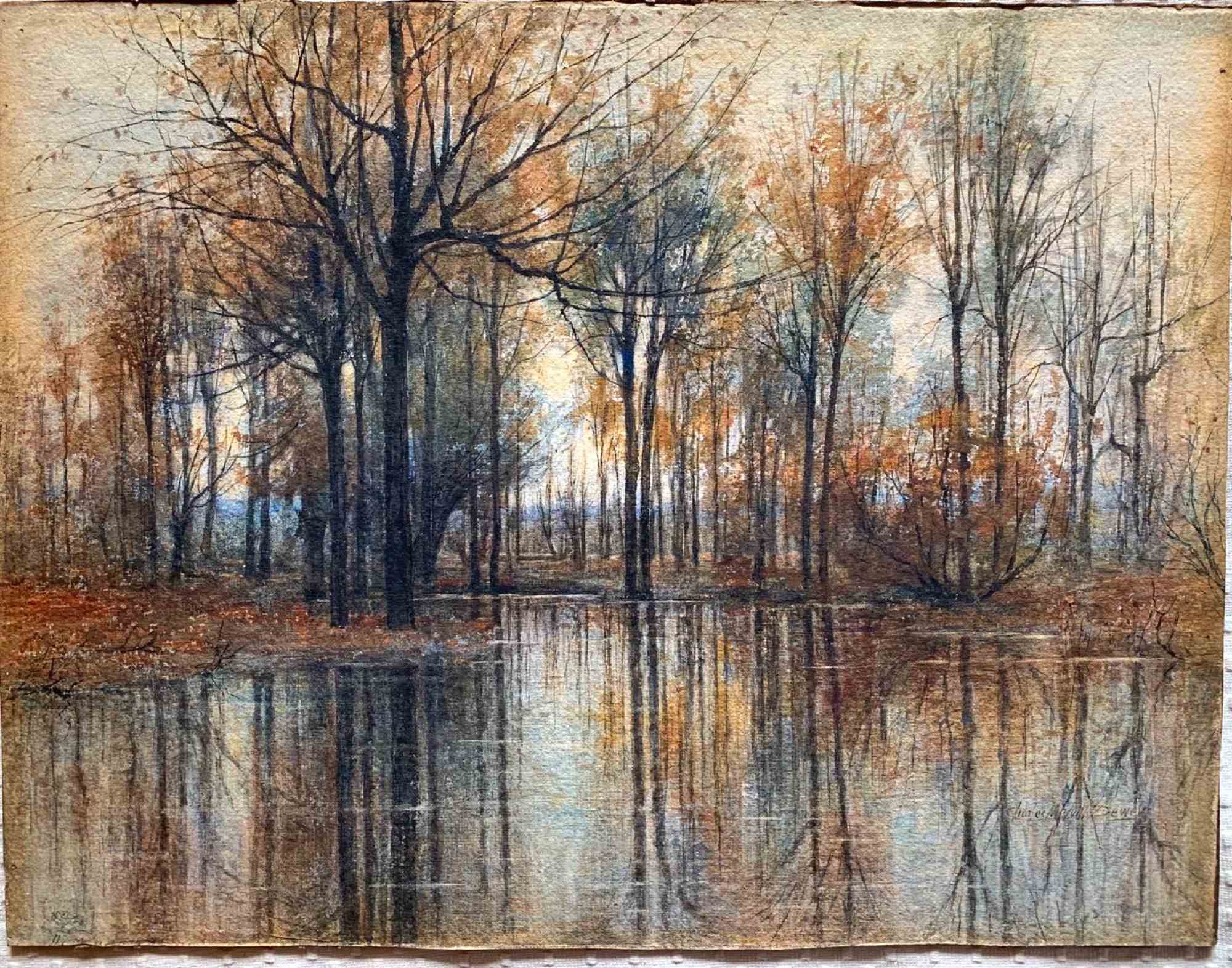
Unveiling Statistical Regularities in Auction Sales: Insights into the Art of Bidding
Auctions have long held a special place in the world of commerce, offering a unique and dynamic platform for buyers and sellers to engage in a complex dance of competition and valuation. The auction process, however, is not simply a matter of placing items on the block and letting bidders determine their fates. There are intricate statistical regularities and strategies at play that significantly impact the outcome of these high-stakes transactions.
In this article, we explore several intriguing statistical regularities in auction sales.

The Afternoon Effect: Order Matters
Kathryn Graddy, the editor of the Journal of Cultural Economics, emphasizes the importance of lot order in auctions. Imagine two equally valuable paintings—one designated as lot #1 and the other as lot #50. Astonishingly, lot #50 tends to fetch significantly lower prices than lot #1. This phenomenon underscores the critical role of auction house decisions in determining the order of lots.
Auction houses strategically manipulate the lot order, considering factors such as time constraints for buyers. Those who participate in the early stages of an auction might not follow it through to the end. Furthermore, Ultra-High-Net-Worth Individuals (UHNWIs) typically participate only in evening auctions, prompting auction houses to place their best artworks at the beginning of such events to maximize prices.
Online Auctions: A Different Order
Online auctions introduce a new dimension to lot order. Unlike live auctions, where placing two high-value lots close together can stimulate higher bidding, this strategy does not work as effectively online. In online simultaneous auctions, bidders often lack the time to reallocate their funds to a second-choice item if they fail to secure their first choice. Consequently, the optimal approach is to position the best lots in the middle, with sufficient spacing between them.
Public Museums: Willing to Pay a Premium
Auction houses have observed that public museums tend to overpay for artworks compared to private collectors. Public museums may be more inclined to allocate funds generously, given that their budgets are funded by taxpayers’ money. Private museums, on the other hand, may operate under more stringent financial constraints. Auction houses benefit from these tendencies, as overzealous bidding by museums can lead to higher prices and commissions.
The Masterpiece Effect: A Controversial Theory
Contrary to conventional wisdom that diversification is key to investment success, Mei and Moses explored the “Underperformance of Masterpieces.“ Their research, based on repeated sales data, challenged the notion that less famous art provides higher returns compared to high-quality art. However, alternative theories suggest the opposite.
Quantile regressions revealed that top-quality art appreciated five times more than low-quality art, suggesting that masterpieces tend to overperform the market average. This nuanced perspective complicates the relationship between fame and financial returns in the art market.
Failure to Meet the Reserve Price: The Risk of Going Unsold
The failure of a painting to sell at auction can significantly impact its future value, often referred to as being “burned.” To mitigate this risk, auction houses may offer guarantees for high-quality artworks. When a piece goes unsold, sellers often seek to relist it with another auction house and may even change its location, as the stigma of going unsold can be detrimental to an artist’s reputation.
The Law of One Price: Art Market vs. International Trade
The “Law of One Price,” a concept borrowed from international economics and trade, suggests that in the absence of significant transaction costs, there should be no systematic price differences between geographically distinct markets. However, this principle is not always applicable in the art market, where “home bias” for certain artists or types of art can prevail. Auction houses often adapt their commission structures to promote their services in peripheral locations.
The Death Effect: An Arbitrage Opportunity
The “Death Effect” refers to the phenomenon where artworks experience a price jump following an artist’s death. This effect is particularly pronounced within the first one or two years after the artist’s passing, with prices increasing by approximately 19% compared to the artist’s average prices. The artist’s age at the time of death also influences the magnitude of the price jump.
Anchoring: The Power of Numbers
Anchoring is a cognitive bias that affects decision-making by relying on a reference point, even when it’s irrelevant. Auction houses strategically use anchoring by placing high-quality artworks alongside others to inflate perceived values. The previous sale price of an artwork also serves as an anchor, influencing future prices. This psychological phenomenon plays a significant role in shaping perceptions and outcomes in the art auction world.

Conclusion
The world of auction sales is not just about placing items on the block and letting the highest bidder win. Behind the scenes, there are intricate statistical regularities and psychological biases at play. From the strategic order of lots to the impact of an artist’s death, these factors contribute to the dynamic and sometimes unpredictable nature of the art auction market. Understanding these patterns can provide valuable insights for both buyers and sellers navigating this complex landscape.




